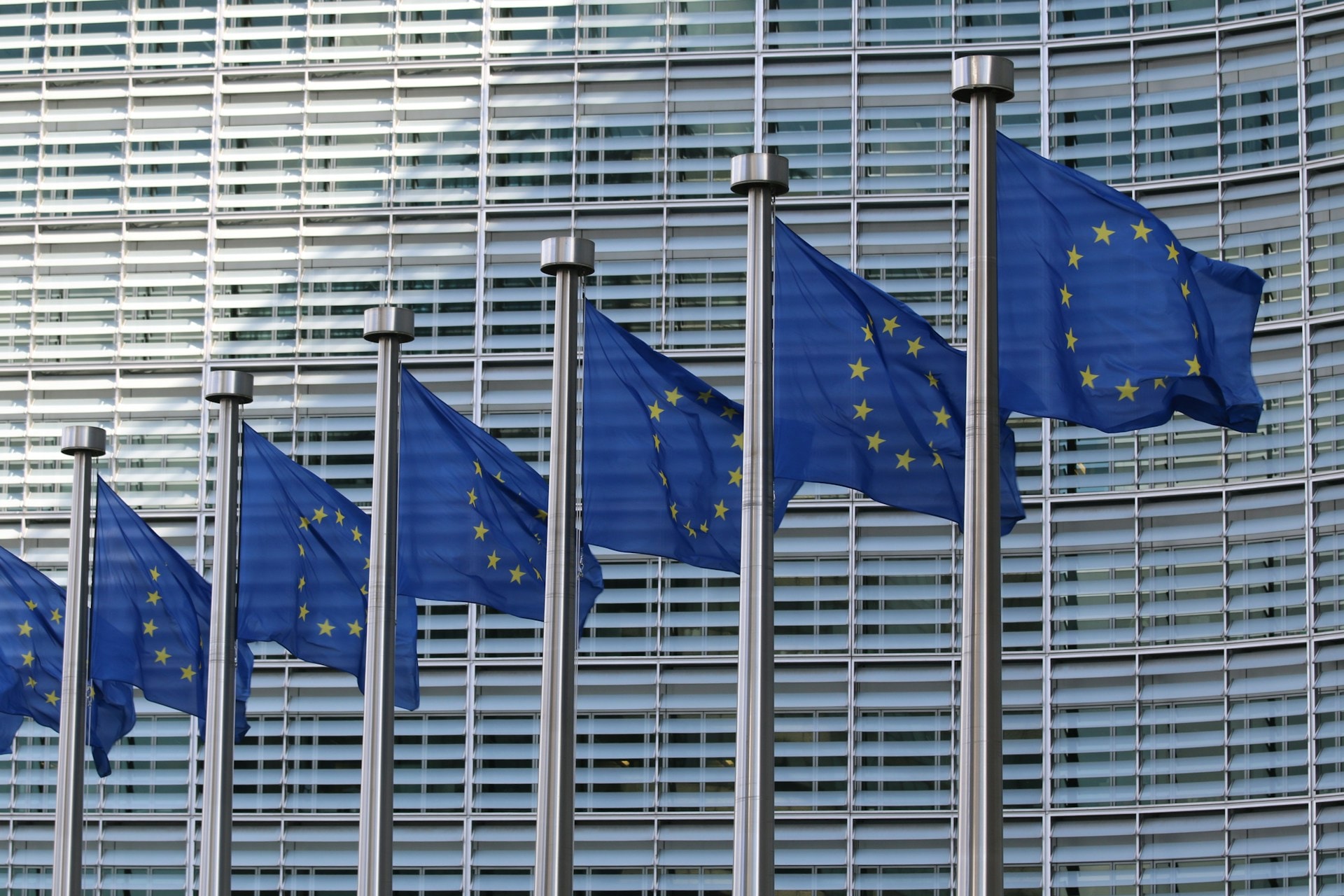EDITOR’S NOTE: THIS PIECE IS PART OF A SERIES EXPLORING THE SUSTAINABLE DEVELOPMENT GOALS. SEE THE INTRODUCTION TO THE SERIES HERE. THIS PIECE IS AUTHORED BY LINDSAY WALLACE.
When the Sustainable Development Goals (SDGs) were adopted in September 2015, many present at the United Nations Summit said the success of the 2030 agenda would not be measured by what was promised, but by what would be delivered.
The immediate focus on outcomes, while arguably necessary for any development goal, signifies the ambition of the 2030 agenda. For example, to achieve a statistical “zero” on goal 1 and eradicate poverty, an area of particular focus for The MasterCard Foundation, would require more than 800 million people to move out of extreme poverty. To achieve goal four, “equitable, inclusive, and quality education and lifelong learning for all”, another focus area that relates directly to the Foundation’s work, 124 million children and adolescents would require access to education, and 103 million would require access to better quality education to improve literacy skills.
Beyond the enormity of the task, the universal nature of the goals also make them incredibly complex. One of the main challenges is in finding a collective way to define and measure outcomes. How, for example, do we define quality education, and what indicators are we measuring against? How can country priorities be reconciled with global development goals in a realistic way?
Collectively, we will need to move away from top-down approaches to development and engage those living in poverty in developing countries in the design, implementation, and evaluation of our programs so that we are increasingly able to understand the context of their lives, and they can better use our resources to help find solutions.
The goals themselves recognize the difficulty of the issues at hand. Where the Millennium Development Goals included eight targets, with a narrow focus on poverty, the Sustainable Development Goals (SDGs) provide 17 “focus areas” that are integrated, based on human rights and extend from poverty, hunger, inequality, health, and climate change to resilient cities and quality education.
The 2030 agenda represents the most ambitious and comprehensive development target ever attempted at the global level, and achieving that target will be no small feat. So, how can we deliver on the enormous promise of the SDGs?
The answer might be in the goals themselves. The final focus area, SDG 17, calls to strengthen the means of implementation and revitalize the global partnership of sustainable development. To do this, it is widely recognized that we will need to coordinate our efforts, be more purposeful in the design of our programs, and leverage the collective knowledge and resources of the multiple stakeholders invested in the goals.
Related article: “SDG 1: WHERE POVERTY MEETS SOCIETY WITH THE MCSILVER INSTITUTE”
The inclusive process of developing the 2030 agenda is already a powerful illustration of that collective effort at work. The 193 member states of the United Nations and thousands of organizations representing a wide cross-section of stakeholders, including government, the private and philanthropic sectors, made a collective commitment and participated in a consultative process over three years to develop the goals. The successful implementation of the resulting framework will rely on deepening the engagement of that global partnership.
This emphasis on collaboration will also require us to work in new ways. The Foundation has been working closely with partner organizations, peer-funders, and governments to ensure our support is aligned with the goals and to find ways to leverage common interests and maximize impact.
In Photo: Reeta Roy, President & CEO of The MasterCard Foundation speaking at the 2015 Symposium on Financial Inclusion seeking to bridge the gap between banks and poverty. Photo Credit: The MasterCard Foundation, Flickr
The SDG Philanthropy Platform — a partnership between the United Nations Development Program, Foundation Center, Rockefeller Philanthropy Advisors, and The MasterCard Foundation, among others — is undertaking extensive mapping of philanthropic organizations in four pilot countries, including Colombia, Indonesia, Ghana, and Kenya. The platform will provide insight into the philanthropic work and knowledge in these countries so foundations can identify gaps and opportunities for investment. It will also allow us to better design partnership models that emphasize the strengths of each organization in order to align our work toward our common goals.
To do this, we will also need to establish data that are reliable, accessible, and address gaps in understanding. Current ways of collecting data on extreme poverty, for example, may not include those who are displaced or don’t currently reside in a typical household. Measuring gross domestic product (GDP), a common indicator for economic growth, is also problematic. In many developing countries, GDP is calculated in different ways, reporting is outdated, and there is no clear method to include subsistence economies in that measurement.
To meet these challenges, a joint effort to monitor, evaluate and share data is needed. The SDG Philanthropy Platform has also launched SDGfunders.org to track progress and ensure data on philanthropic investments are transparent and accessible. The platform, along with initiatives such as the International Aid Transparency Initiative aim to align the way individual organizations, governments, and multilaterals measure the outcomes of their work to more effectively track progress against development targets.
For a full mindmap containing additional related articles and photos, visit #SDGStories
Meeting the ambitious targets will also require us to collaborate not only with others in philanthropy, the private sector, development agencies, and government but also with the very people the goals effect. Collectively, we will need to move away from top-down approaches to development and engage those living in poverty in developing countries in the design, implementation, and evaluation of our programs so that we are increasingly able to understand the context of their lives, and they can better use our resources to help find solutions.
It sounds simple — involve and listen to the people our programs affect. But in the philanthropic sector it doesn’t happen enough. In practice at the Foundation, this means that we solicit input from our clients in the design of our programs. They review proposals, participate in conducting research and evaluation, and attend and speak at Foundation events. We pay attention to and elevate the voices and views of those we serve and work to understand the behaviours, needs, and values of the people across Africa, where our work is focused.
Collectively, the global philanthropic community has made some important first steps toward a more collaborative approach to the development goals. But there is much more work to be done.
At the organizational level, we will need to continue to align our areas of work with the global goals. At the Foundation, for example, we focus on education, skills training for employment, and financial inclusion. Each of these areas relate directly to the SDGs; SDG 4, on access to quality education, mentioned above; SDG 8, “promote sustained, inclusive and sustainable economic growth, full and productive employment, and decent work for all”; and SDG 8.10, “strengthen the capacity of domestic financial institutions to encourage and expand access to banking, insurance, and financial services for all.”
In photo: BRAC/MasterCard Foundation’s Microfinance and Livelihoods Program in Uganda. Photo Credit: Shehzad Noorani, BRAC via MasterCard Foundation/Flickr
In order to align our work effectively, we will also have to read between the lines of the goals, and find ways in which our program areas can advance the SDGs even when not called out explicitly as a tactic. Aspects of financial inclusion, for example, provide a means to achieve a number of the global goals by empowering individuals, families, and communities to lift themselves out of poverty, advance equality, and promote peaceful, inclusive societies; a focus on gender equality in skills training and education in our programming could contribute to SDG 5 on gender equality; and investing in STEM education might contribute to SDG 9 relating to industry, innovation, and infrastructure.
Part of our continued work also requires us to ask questions of the philanthropic sector: How do we avoid duplicating our efforts? Are we addressing the right problems? How can we work more effectively with local organizations, communities, and governments?
The 2030 agenda has the potential to transform the way the development sector operates. In order to do so, it requires a collective, coordinated, and global response. The agenda encourages us to work together in innovative ways to provide opportunity for those living in poverty to make real change in their lives. At The MasterCard Foundation, we are inspired by the collaboration we have already seen, both within the philanthropic community and across sectors, and we look forward to working with others to achieve our vision of a world where everyone has the opportunity to learn and prosper.
Recommended reading: “THE MASTERCARD FOUNDATION AND RUFORUM INVEST IN INNOVATIVE AGRICULTURAL TRAINING IN AFRICA”
















